Tokyo Art Scene: Japanese Art Through The Centuries
From Yamato to Taisho
This week we introduce three exhibitions that show works of Japanese art from as early as the Yamato period of the seventh century to the Taisho period in the early 1900s.
Japan has seen tremendous changes in lifestyle, popular beliefs and diplomacy throughout the centuries. Simultaneously, these shifts are reflected through the arts as well. For example, the evolution of language as seen through scripture or the growing influence of Western art movements to signal cultural diplomacy.
For those interested in gleaming into Japanese art and history, here are a number of exhibits you can visit. The list ranges from a collection of artifacts from the 7th century, to Edo period pottery, to modern paintings from the early 1900s.
“Cultural Properties in 8K: The National Treasure, Illustrated Biography of Prince Shotoku”
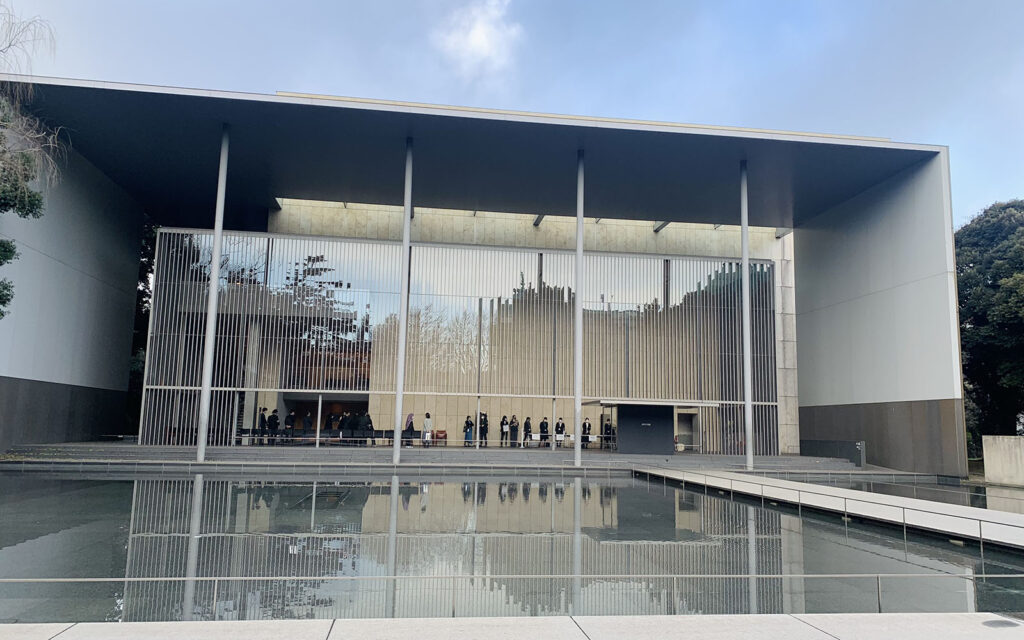 © Photo by Nadila
© Photo by NadilaAs part of the Tokyo National Museum is The Gallery of Horyuiji Treasures, remaining tucked in the corners of Ueno Park. Walk past the Kuromon, a historic black gate, and you will find sleek architecture surrounded by a pond of water. Opened in 1964, the building houses over 300 artifacts from Horyuji Temple in Nara. The Digital Gallery, which opened this January, introduces replicas and opportunities to interact with artworks that date back to the seventh century.
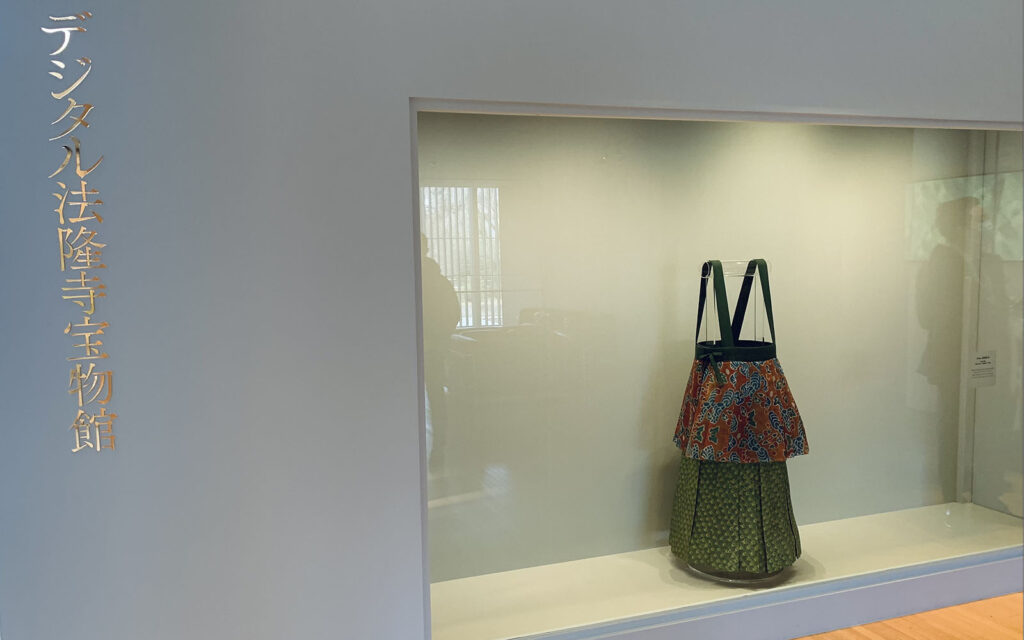 © Photo by Nadila
© Photo by NadilaIn collaboration with the National Center for the Promotion of Cultural Properties (CPCP), this project aims to preserve historically important artifacts using technology. The Digital Gallery of Horyuji Treasures will display a life-size replica of paintings telling the story of Prince Shotoku. These series of paintings were once adorned sliding doors inside Horyuji Temple in Nara and are currently in a fragile condition requiring extensive care and security to be able to be showcased. The replica, accompanied by an 8K monitor allows visitors to interact with the painting. Take a closer look and zoom into the smallest details, this digital gallery creates an intimate learning experience.
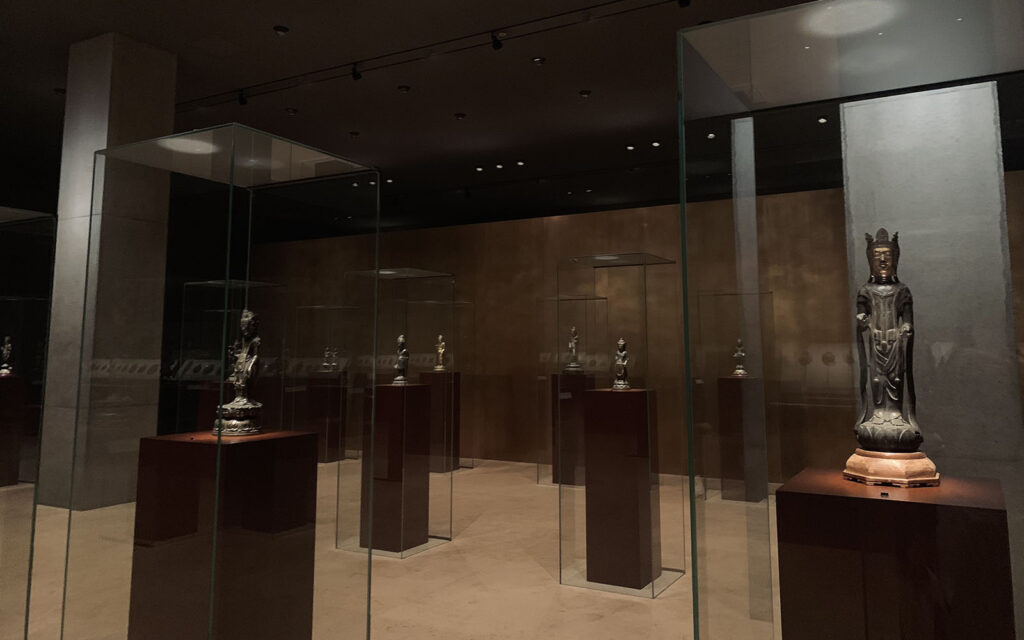 © Photo by Nadila
© Photo by NadilaDisplayed in the building is also a collection of Buddhist statues, woodwork, household objects, textile and other historical articles.
- Date
- Now through Jul. 30
- Time
- Daily except Mon. from 9.30 A.M. to 5 P.M.
- Location
- Tokyo National Museum, 13-9 Ueno Park, Taito-ku - Map
- Fee
- ¥1,000 (Adults), ¥500 (University students), Free (Under 18 and Over 70)
- Info
- 10-minute walk from Ueno Station and Uguisudani Station, 15-minute walk from Nezu Station
“A Mokubei Retrospective”
 © Photo by Tatsuyuki Tayama
© Photo by Tatsuyuki TayamaMokubei was an Edo-period literatus who specialized in pottery. After heavily studying Chinese art, the Kyoto-born artist began to approach ceramics in his own style. Patterns and motifs decorate bowls and containers, with intricate details peppering even the smallest corners of the smallest teacups. Animals become a common motif in his pottery, for example, incense containers in the shape of a crab or yellow carps that jump out of teapots. Suntory Museum of Art is currently exhibiting a Mokubei retrospective for those interested in learning more about the artist and Edo period fine art.
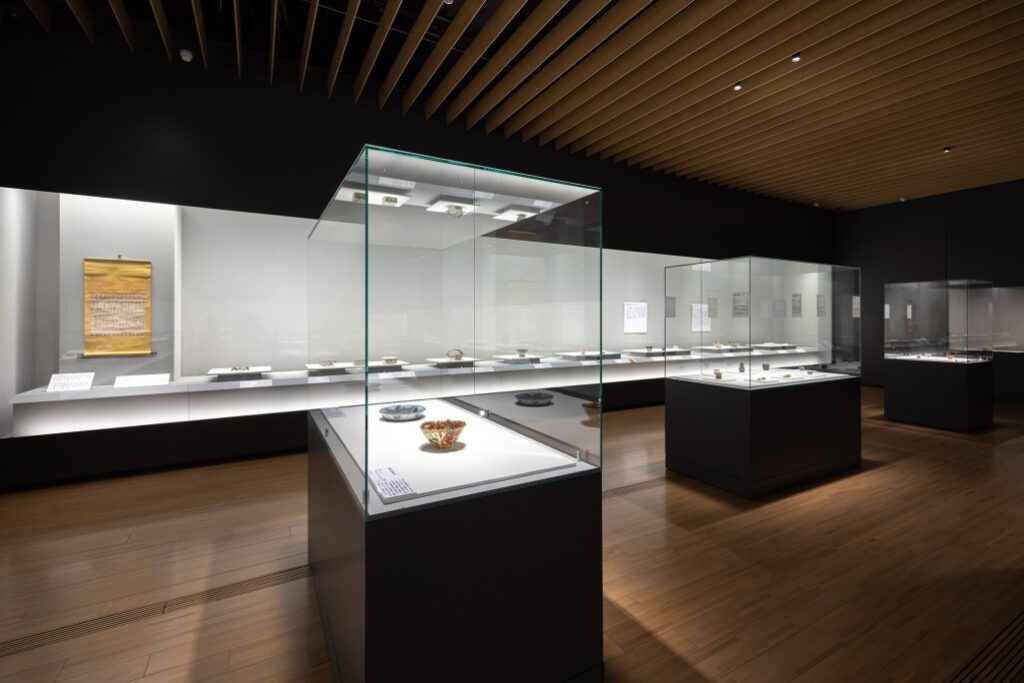 © Photo by Tatsuyuki Tayama
© Photo by Tatsuyuki TayamaMokubei was known among his friends as a funny and loving guy. He would often send his peers paintings noted with poems and expressions of gratitude. Displayed as part of the exhibit are some of his paintings, mostly of mountains. Mokubei hides tiny human figures among the rocky mountains and bushy trees in his paintings; see if you can spot them.
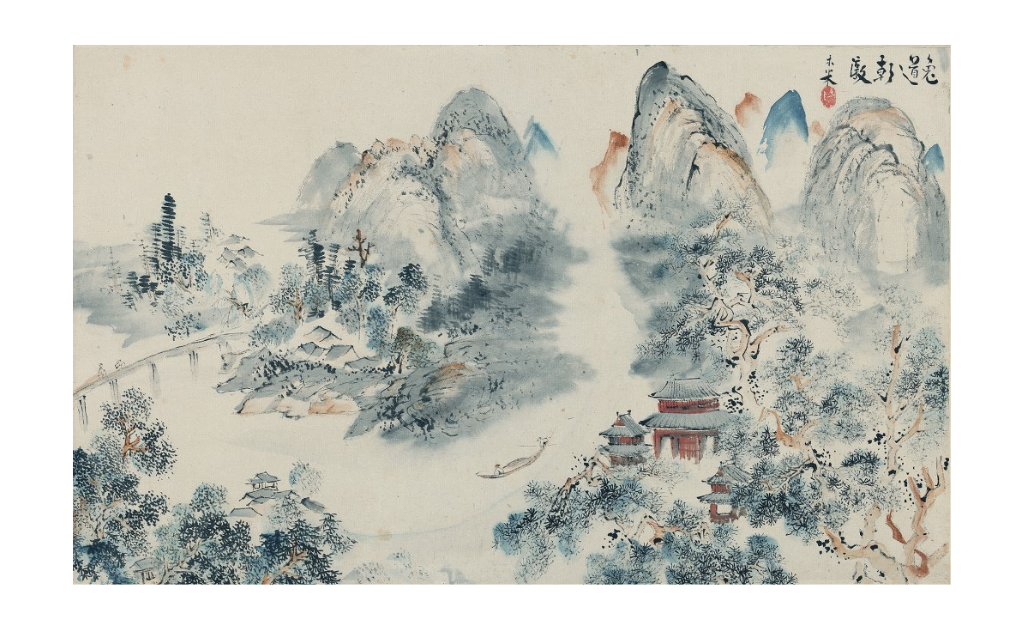 © Photo by Suntory Art Museum
© Photo by Suntory Art Museum- Date
- Now through Mar. 26
- Time
- Daily except Tue. from 10 A.M. to 6 P.M. (until 8 P.M. on Fri. & Sat.)
- Location
- Suntory Museum of Art, Tokyo Midtown Galleria 3F, 9-7-4 Akasaka, Minato-ku - Map
- Fee
- ¥1,500 (Adults), ¥1,000 (University and High-school students)
- Info
- 5-minute walk from Roppongi Station and Nogizaka Station
“Saeki Yuzo: Emerging from the Urban”
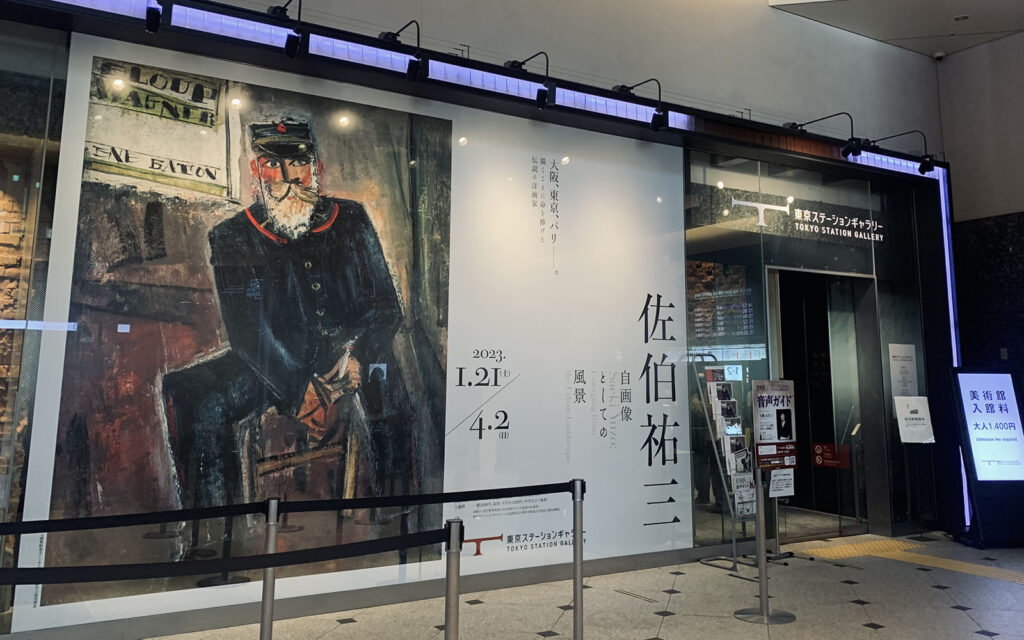 © Photo by Nadila
© Photo by NadilaJaponisme is an art movement described as the influence of Japanese art among European artists in the late 1800s, oppositely, European art made its impact on Japanese artists similarly. Saeki Yuzo was an Osaka-born painter active in the early 20th century. Tokyo Station Gallery is currently running a retrospective, displaying an array of work by the Japan and France-based painter.
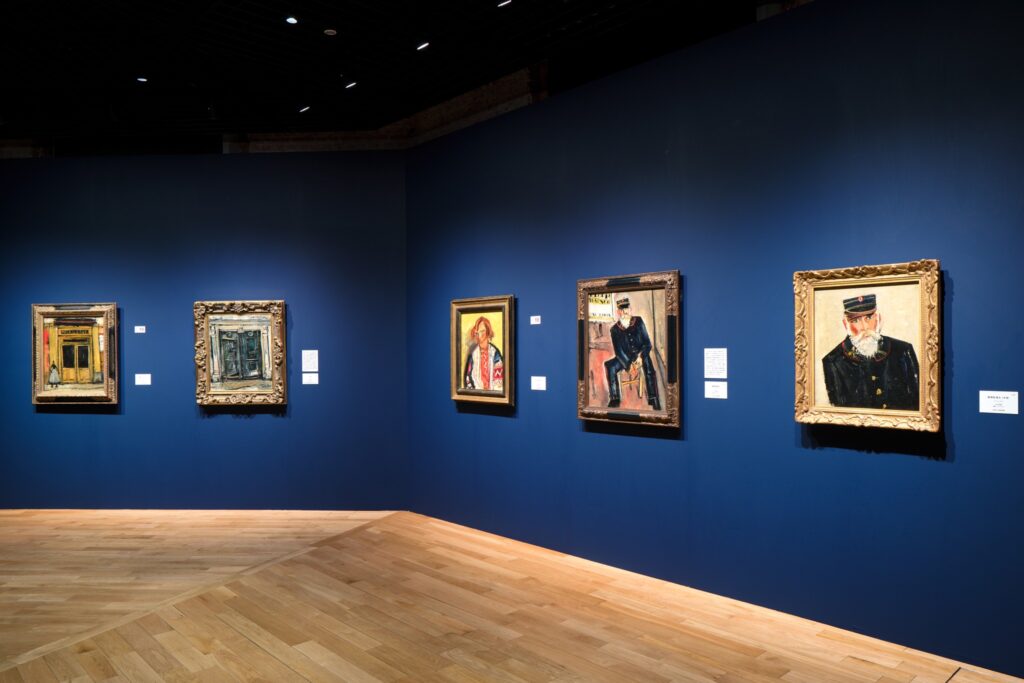 © Photo by Tokyo Station Gallery on Facebook
© Photo by Tokyo Station Gallery on FacebookThe exhibit opens with a series of self-portraits. As a young artist, Saeki explored different styles of painting. Marvel at the collection and you may see the different approaches Saeki takes with each of his canvas works. During his time in Tokyo, landscape painting was also one of Saeki’s favorite pursuits.
 © Photo by Tokyo Station Gallery on Facebook
© Photo by Tokyo Station Gallery on FacebookUnfortunately, Saeki passed away at the young age of 30 in France, where he spent the last few years of his life. His later works explore the gloomy suburbs of Paris. Storefronts and poster walls were common subjects of Saeki’s paintings. His stylistic approach to landscape paintings remains consistent; his use of dark and desaturated colors, warped perspectives and the addition of abstract-shaped people.
- Date
- Now through Apr. 2
- Time
- Daily except Mon. from 10 A.M. to 6 P.M. (until 8 P.M. on Fri.)
- Location
- Tokyo Station Gallery, 1-9-1 Marunouchi, Chiyoda-ku - Map
- Fee
- ¥1,400 (Adults), ¥1,200 (University and High-school students), Free (Junior high-school students and under)
- Info
- Located just outside the ticket gates of JR Tokyo Station Marunouchi North exit
To an extent, Japanese art offers us a window to the values and social setting at the time. It is a great way to gleam into pieces of history but more importantly, to remind us of the great changes that we have overcome.
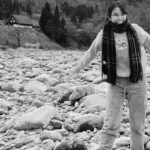


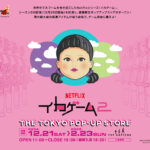
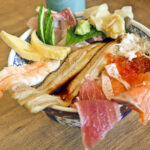
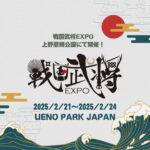







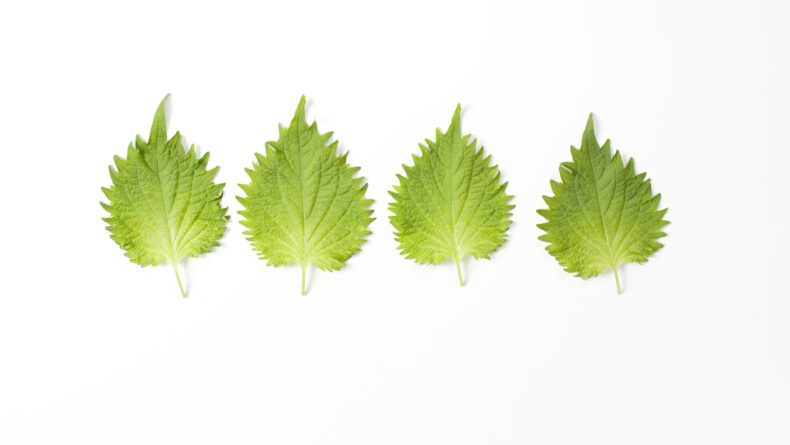
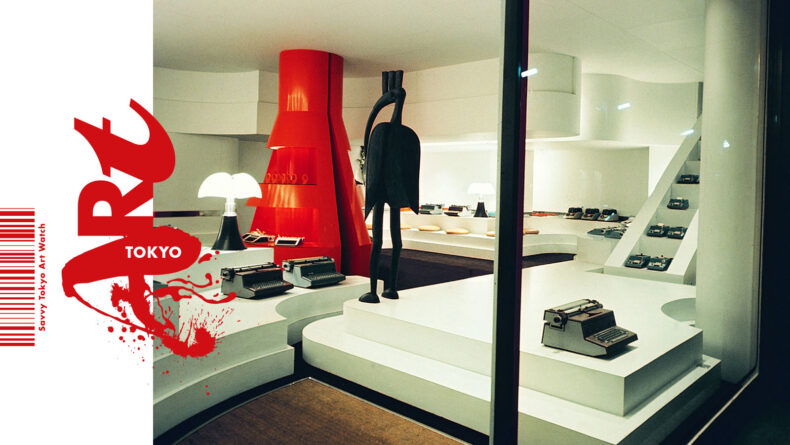

Leave a Reply